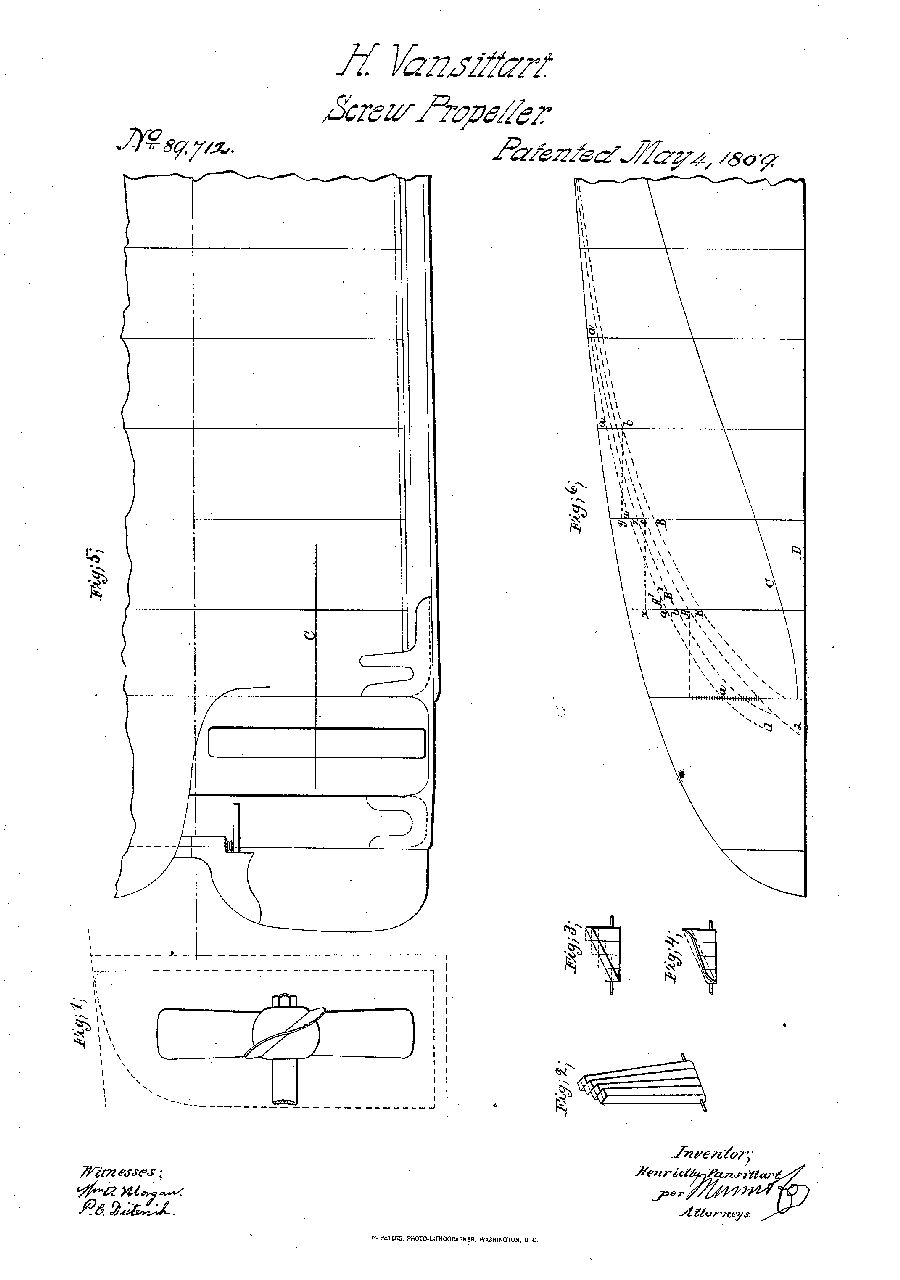Henrietta Vansittart
Inventor, engineer and Twickenham property owner
1833-1883

Henrietta Vansittart was a remarkable woman who may have been Britain’s first significant female inventor. She was born in 1833 in Ewell, Surrey, to James and Marie Lowe who had eight other children. Her father was an engineer and inventor but his enterprises had brought the family close to penury by 1852. In 1855, possibly because of this, Henrietta married a Dragoon: Lieutenant Frederick Vansittart and they set up the marital home in Clarges Street, Mayfair. In 1859 she started a 12 year affair with the politician and novelist Edward Bulwer Lytton, a married man, who left her a bequest of £1200 when he died in 1872.
In 1838, her father patented a new type of stern-mounted submerged marine screw propeller. After his death in 1866, she further developed the design of the propeller, replacing its flat blades with ones in the shape of a compound curve. This significantly improved its efficiency and the Lowe-Vansittart Propeller was patented in Britain in 1868 and in the United States in the following year. The propeller was fitted the ill-fated RMS Lusitania which was an early victim of German U-boat operations in World War 1.
Henrietta Vansittart in Twickenham

In about 1870, Henrietta and her husband began buying residential property in this area. They are recorded as living at 4 Maids of Honour Row in Richmond in the 1871 census. At that time, Henry George Bohn, an art collector and book dealer, was living at Northend House on Richmond Road, Twickenham, opposite Montpelier Row. He wrote that she arrived in Twickenham in 1874 and purchased four houses in Montpelier Row: numbers 1 (known as St Maurs Priory), 2 (Bell House), 4 and 5. Each pair of houses was later converted into one and they remain so today. It is likely that these and other purchases were financed by Lytton Bulwer’s bequest.
Bohn bought numbers 4 and 5, which had been renamed as Seymour House, in 1879. There seems to have been a dispute between Bohn and the Vansittarts about the name of the Row, which had been renamed Montpelier Road. Bohn clearly thought it should remain as Montpelier Row and he placed an appropriate sign in front of the Vansittart’s house. Subsequently, the Vansittarts painted the sign out.
A tragic end
In September 1882, Henrietta visited North East Coast Exhibition of Naval Architecture and Marine Engineering at Tynemouth. She had failed to pay the £600 renewal fee for her patent and was found wandering the streets in a confused state. She was detained in the Tyne City Lunatic Asylum where she died on the 8th of February 1883 of anthrax and mania.
An obituary in the Journal of the London Association of Foreman Engineers and Draughtsmen noted:
“how cheery and thoughtful for the happiness of others she was … she was the only lady, it is believed, who ever wrote and read a scientific paper, illustrated by diagrams and drawings made by herself, before the members of a Scientific Institution”.
References
Epsom and Ewell History Explorer: www.epsomandewellhistoryexplorer.org.uk
Richmond Local Studies Library, no reference, No.1 Montpelier Row file, Richmond Twickenham Times, 1879, letters between Henrietta Vansittart and Henry George Bohn
Oxford Dictionary of National Biography, online edition
'Montpelier Row, Twickenham, Middlesex: a history of the row and its residents'. Emma Louise McCauley Tinniswood (author and publisher).




